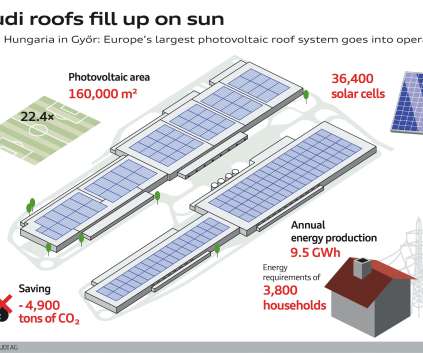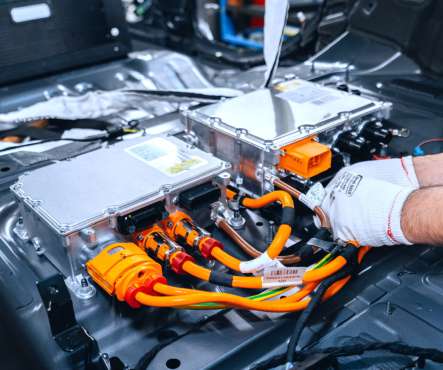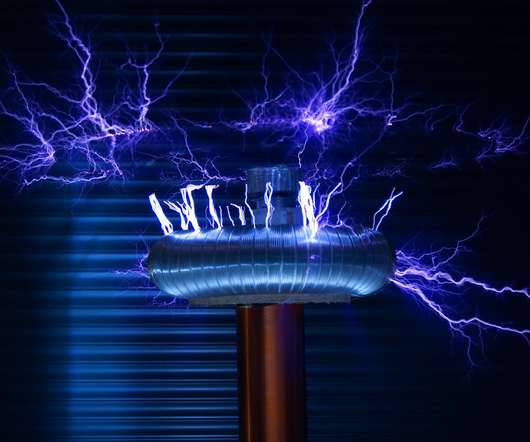Audi Hungaria starts operation of Europe’s biggest solar roof installation
Green Car Congress
OCTOBER 8, 2020
Audi Hungaria is thus the second of five Audi sites (after Audi Brussels) to achieve a neutral carbon balance, according to the company. We have a clear aim: that all Audi sites will have carbon-neutral operation by 2025. The remaining heat is generated through natural gas, with carbon neutrality assured thanks to bio-gas certificates.


























Let's personalize your content